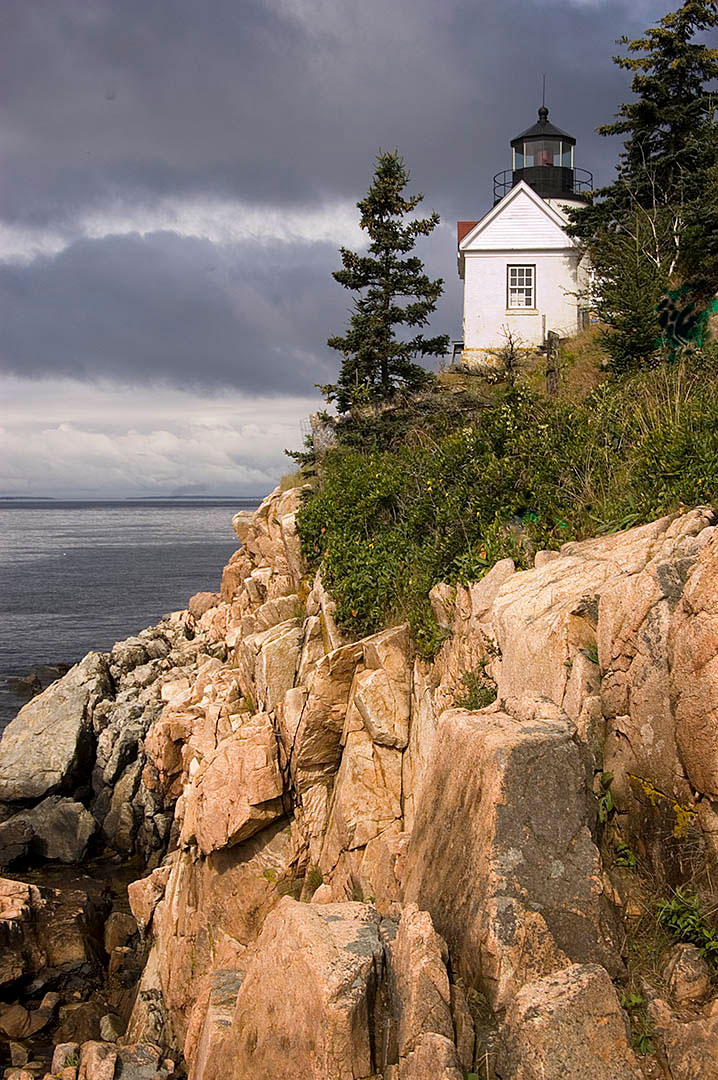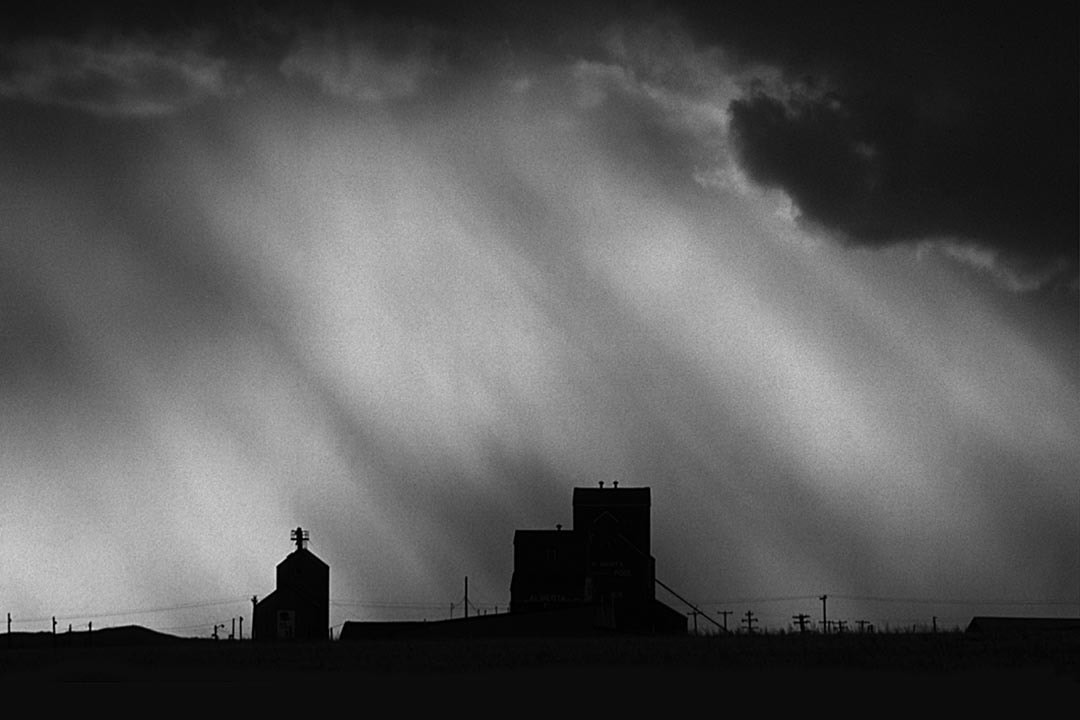|
The wide—open spaces of Nevada are scattered with the crumbling remains of long abandoned ghost towns which sprung up around gold and silver mines in the 1800’s. At least 1,700 documented sites of abandoned and still—active mines can be found on maps of Nevada. My newsletter on Nevada Ghost towns has details on twelve of the most photogenic ghost towns in the mountains of central Nevada and the southern deserts. Tips on when to travel and the best time of day for the best light are included with photographs of the mines and the miners’ shacks plus the remains of old store fronts and saloons. The town of Belmont, Nevada, forty—five miles north of Tonopah, became the largest city in southern Nevada and was the county seat of Nye County in 1867, attracting a population of almost two—thousand people before the mines shut down in the late 1880s. Many ruins remain from the 1800s. There is a block—long row of businesses on both sides of the main street. Only two still have standing facades. The others have standing stone walls interspersed with more recently—built cottages. An old fire engine, some farm equipment, and rusty mining machinery has been parked along the main street. At the top of the main street is a large, restored building now called the Belmont Monitor Inn and Steakhouse. It’s now a bed and breakfast establishment. The building originally housed the Combination Silver Mining Company offices. Next door is a saloon with an old buggy parked out in front.
 Issue #013 - Acadia and the Coast of Maine Issue #013 - Acadia and the Coast of Maine Bass Harbor Head Lighthouse is one of the must—see attractions at Acadia National Park on the coast of Maine, a great place for dramatic seascapes. Autumn color adds to the striking scenes of this peninsula. Photograph fishing villages, rocky beaches, and much more. Acadia National Park has one of the best harbors for sunrises and sunsets. You will find puffin photography and discover remote fishing villages. With tide tables you can set up your tripod for tide pool photography. Set your alarm clock and arrive at the summit of Cadillac Mountain for classic sunrise photos. Nearby is the historic fishing village of Stonington, Maine, on Deer Island, on the Schoodic Peninsula and the fishing villages of Corea and Beals Island. With more wildlife, more vertical mountain landscapes, more waterfalls, more wild rivers and more glaciers than you will find in the lower 48 states, the national parks of the Canadian Rockies are one of the most popular destinations of nature photographers from all over the world. There are enough easily—accessible scenic locations and wildlife that can be spotted everywhere along the park roads, that most visiting photographers will be busy with their cameras from sunrise until sunset. Medium and large—format photographers will find many spectacular compositions without packing heavy equipment on long hikes into the mountains. A two—hour hike away from most roads will take you up into the alpine environment of the mountain goats. A few hours in a rented canoe will take you and your camera across lakes where you can experience the solitude of nature. These parks are only a few hours drive from the U.S.—Canadian border. With a photo workshop group traveling north from California, we crossed the border after a week in Glacier National Park and encountered a killer storm at Fort Macleod.
If you are planning to take an African safari to photograph wildlife in Kenya, Tanzania, or Botswana, start by applying for or updating your passport and then getting in a few days of practice at your local zoo. A trip to a zoo will give you the opportunity to learn how to operate your camera properly so that you can capture the best possible photos of all the creatures you will find in the wild. Even if you have no plans for international travel, a photo trip to the zoo can be interesting and enjoyable. Caged animals, like these tortoises at the Sacramento Zoo, usually move slowly so aperture priority mode is my favorite setting for zoos. When you are out in the wild, the animals you’ll be looking for will probably be moving, like the millions of wildebeest migrating across the Mara River. That’s when you’ll want to use the shutter priority mode on your camera. Pick the shutter speed you’ll need to freeze the action and your camera will automatically set the aperture to give you the proper exposure.
Driving south on the Golden Gate Bridge stay in the right lane and take the first right, just a hundred feet beyond the toll plaza. Drive up the hill to the first intersection and turn right onto Lincoln Blvd. Turn left at Washington Avenue and continue to the small parking lot on the right, above Baker Beach. Across the road, this large grove of tall cypress is a wonderful place for photography on a foggy day. A multitude of vertical tree trunks disappear into the mists. Arrive mid-morning, wait for the sun to burn through the top of the fog banks, and you’ll see long rays of sunlight streaming down through the forest, a magical sight.
|
BlogNotes and images from Bob Hitchman. Archives
July 2024
|




